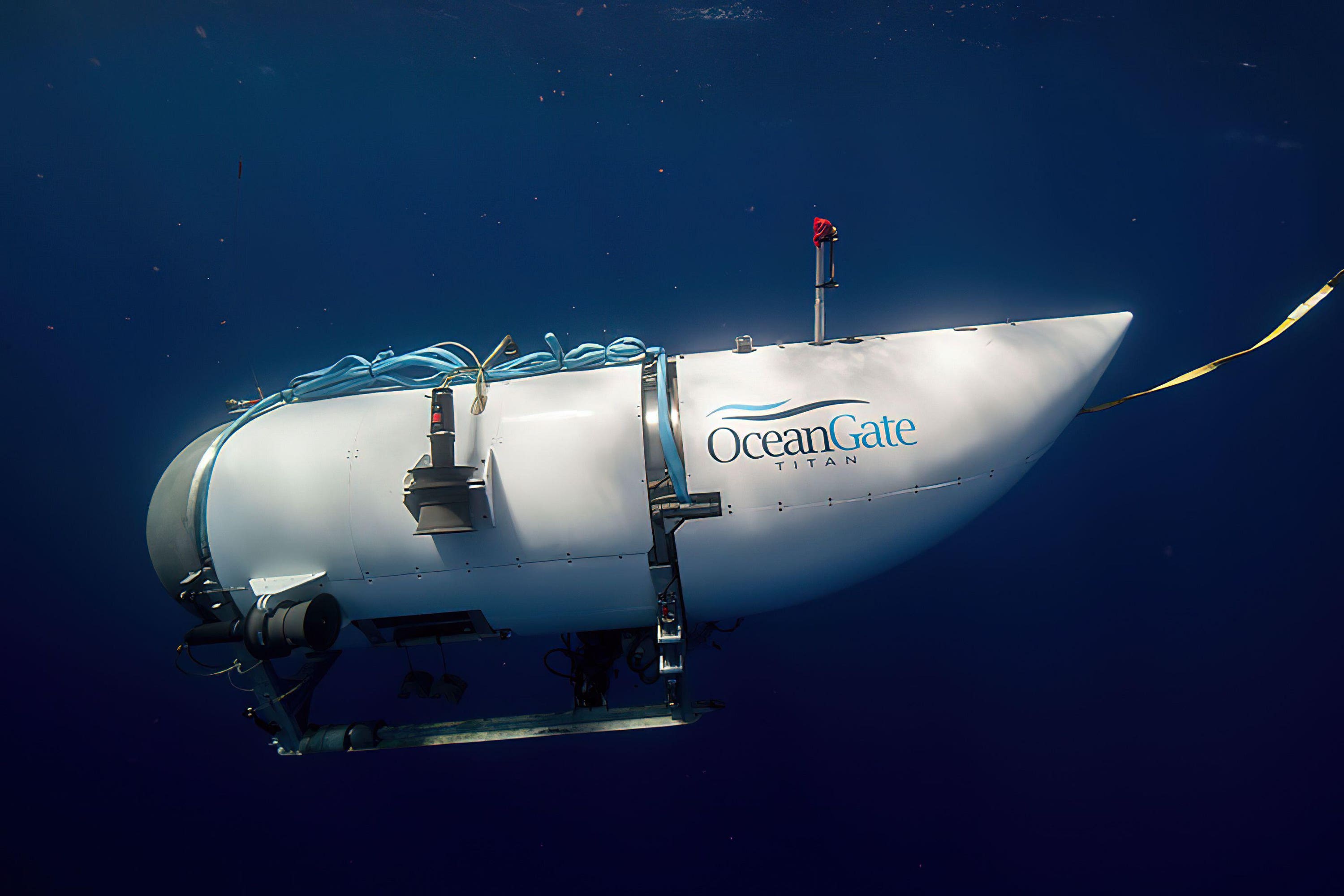What are conditions like on board missing vessel?
Occupants are bolted into the 22ft long vessel before descending13,00ft to the site of the Titanic.

Rescue teams are searching for a British billionaire and four others who went missing on a deep-sea vessel near the wreck site of the Titanic ocean liner.
The US Coast Guard is leading the search for the small craft, named Titan, which was reported overdue about 435 miles south of St John’s in Newfoundland, Canada, on Sunday evening.
The Titan’s dive on Sunday is one of many that have been made to the wreck, which is about 2.4 miles below the surface, by OceanGate Expeditions since 2021.
With temperatures on the ocean floor near-freezing and the vessel’s 96 hour oxygen supply running down, occupants are at increasing risk of hyperthermia or suffocation.
Here the PA news agency explores what conditions may be like onboard.
What are the conditions like?
The submersible, a Cyclops-2 model named Titan, is the second Cyclops model built by OceanGate, after the Cyclops-1.
As there are no doors on the craft, passengers begin their journey by climbing in through an entry hatch which is then bolted shut from the outside before they descend 13,000ft (2.4 miles) beneath the ocean surface to the Titanic, Mail Online reported.
There are no seats on the 22ft long, 9.5ft wide, and 9.2ft high cylindrical craft, meaning passengers must sit on the hard floor without shoes, which they are required to leave behind.
If they need the toilet, they must use a small black box separated by a curtain from the rest of the crew.
Cut off from communication with the outside world, they have no idea of whether they will ever be found.
There are no windows except a small bolthole directly next to the toilet at the front of the craft which is also the primary viewpoint to look out at the Titanic.
When the craft was still operational, the pilot used a modified Logitech games controller to steer it.
What other dangers await the passengers?
Even if rescuers locate the craft before its remaining 52-hour oxygen supply runs out, the occupants face other dangers.
One possibility is that they are stranded at the bottom of the ocean near the site of the Titanic, around 370 miles off the coast of Newfoundland, Canada.
If that is the case, those on-board will be faced with rapidly dropping temperatures which puts them at risk of hypothermia.
Rescuers are now in a “race against time” to reach the vessel before the oxygen runs out, which is expected to happen on Thursday.
David Gallo, a senior adviser for Strategic Initiatives for RMS Titanic, told CNN that temperatures on the ocean floor are “just above freezing cold”.
He said: “It is a race against time – you are fighting oxygen levels, also fighting the cold if the sub is still at the bottom because the deep ocean is just above freezing, so hypothermia is an issue.
“The water is very deep – 2 miles plus. It’s like a visit to another planet, it’s not what people think it is. It is a sunless, cold environment and high pressure.”
Could passengers suffer ‘the bends’?
According to oceanologist Dr Simon Boxall of the University of Southampton, one common misconception is that people will get decompression sickness, commonly nicknamed “the bends”, if the boat moves up to the surface too quickly.
He told PA that those on board would not suffer “ill-effects” because the boat is at atmospheric pressure.
He also said it is a mistake to believe passengers could use escape hatches because if they did they would be crushed.
He added on GB News that the boat is not above the surface because if this was the case crews would be able to use radios.
What is the latest on their condition?
Dr Boxall said a distress signal from the submarine has been sent out.
He told PA: “This is second-hand knowledge but my understanding is that they have received a signal from the submarine.
“You can’t use radios underwater.
“You rely totally on ‘pings’. What they have is really limited communication.
“Apparently they have had, and I don’t know when… they have had an emergency ping saying the vessel is in distress.
“I don’t know if that is automatically generated or generated by people on board.
“It could be that the vessel is lost already or it could be automatic.”
He said he did not know when the message was transmitted.
Subscribe to Independent Premium to bookmark this article
Want to bookmark your favourite articles and stories to read or reference later? Start your Independent Premium subscription today.
